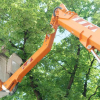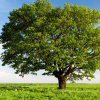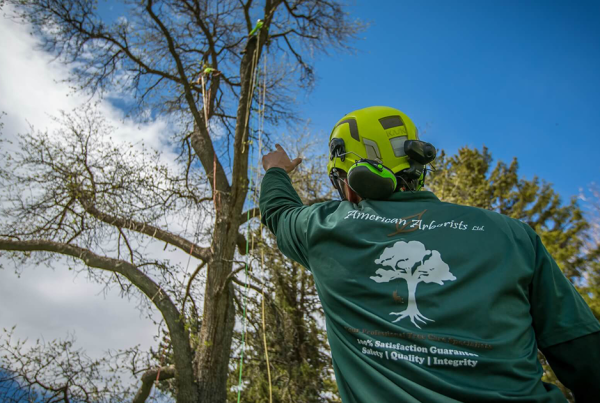
Of course, we all want our trees to be healthy and strong. They don’t just provide us shade to keep us cool during the summer season. They also help filter the air we breathe. And guess what? Having trees in our property can even increase its value. Isn’t that great?
Now, if you really want to ensure your trees’ health, it is important that you also try to learn about how to properly take care of them. And besides pruning and providing them with enough water, you also have to mulch and give them a good amount of fertilizer regularly.
Let’s talk about tree mulch and fertilization, and find out how mulching is necessary to guarantee that your trees will always be in top-notch condition. But first, let’s learn about the basics.
What Is Mulch?
Mulching is actually one of the easiest ways that you can do to help keep your trees healthy.
- Mulch refers to the protective layer of material that you spread on top of the soil where your trees are planted.
- There are several materials that you can use in mulching; these include straw, bark chips, and grass clippings.
Why Is It Necessary?
Mulching a tree has plenty of benefits—it protects the soil against erosion, prevents weed growth, maintains soil temperature, and also reduces soil compaction from heavy rains. Moreover, applying mulch around trees can also help reduce your reliance on synthetic fertilizers. (More of that later.)
How to Mulch
Here are the general guidelines that you should follow when mulching:
- Remove all the weeds near the tree before spreading mulch around the surrounding area. It is a good idea if you do the weeding earlier before the grass makes a foothold and becomes harder to remove.
- You can remove clumps of grass within a 3- to 10-foot radius around the area of the tree. The size of the mulch greatly depends on the size of the tree. Basically, you should mulch the entire root zone of the tree.
- When mulching small trees, create an earth basin so that it would be easier to keep the mulch away from the trunk.
How Much Mulch Is Enough?
While mulching is really beneficial, you have you to ensure that you properly distribute the mulch around the tree’s immediate area. Always remember that the mulch should not be too thick near the tree’s base.
- If you spread too thick a layer of mulch around the trunk, you run the risk of impacting the amount of water that can seep to the tree’s roots.
- Ideally, applying a 2″ to 3″ mulch layer is enough to help make your trees grow properly.
If you are using organic mulch such as chipped or shredded bark, straw, or composted manure, be reminded that once they decompose they need to be replaced as soon as possible.
Organic Versus Synthetic Mulch
Technically speaking, there are two types of mulch: organic and synthetic.
- Bark mulches, compost and composted manure, shredded leaves, and grass clippings are the most common types of organic mulches.
- As for synthetic mulches, stones, landscape fabric, and black plastic are the most common.
The main difference between organic and synthetic mulch is that the former decomposes and needs to be replaced from time to time, while the latter doesn’t decompose and require regular replacement. However, since organic mulch decomposes, they add fertility to the soil and improve its organic content. With organic mulch, relying on synthetic fertilizer is reduced. You also get to help improve the environment!
Watering Your Plants
Just because you have properly mulched your trees doesn’t mean that they don’t need to be watered anymore. Providing them with water is a necessity, especially among young and growing trees.
- As a general rule, young trees that have just been planted in less than two years should be watered regularly especially during summer, since their roots haven’t yet been established to withstand heat and drought. Just ensure that the soil around the tree area is moist.
- Once your trees grow and their roots become established, they will be able to withstand more exacting conditions and strive to grow without regular watering.
However, know that as a tree owner, you need to ensure that the trees get enough water from the rain and the soil moisture. As much as possible, avoid compacting their root zone.
If you want to learn more, contact the tree service experts at American Arborists!









